Name Oded Golan | Role Engineer | |
 | ||
Fake Biblical artifacts are big business in Israel
Oded Golan (Hebrew: עודד גולן) (born 1951 in Tel Aviv) is an Israeli engineer, entrepreneur, and antiquities collector. He owns one of the largest collections of Biblical archaeology in the world.
Contents
- Fake Biblical artifacts are big business in Israel
- Background
- Golans Collection
- IAA Claims and Trial
- Court ruling and acquittal
- Trial Aftermath
- References
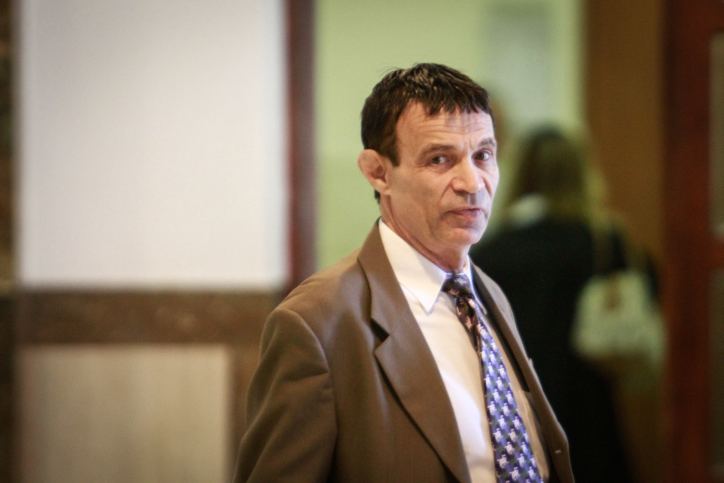
Some of the artifacts in his collection have produced great excitement in religious and archaeological circles, including the James Ossuary (the bone box of James, brother of Jesus), which achieved international fame in 2002, after world-renowned experts confirmed the authenticity of the writing inscribed on it. Another famous item from Golan's collection is the Jehoash Tablet, a monumental 16-line commemorative inscription in ancient Hebrew. After its publication, the date of the Tablet became a topic of debate among scholars.

Golan was accused by the Israel Antiquities Authority (IAA) of involvement in the forgery of one half of the James Ossuary inscription, the Jehoash Inscription and other items. Golan denied any involvement in forgery, and argued that he purchased the two items from licensed antiquities dealers in 1976 and 1999 respectively, and to the best of his understanding, the inscriptions are ancient.
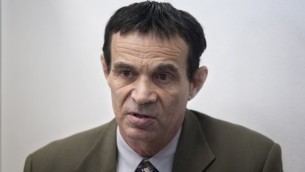
Four other defendants were indicted along with Golan, including two of the largest antiquities dealers in Israel. In 2012, the court acquitted Golan of all charges of forgery and fraud, but convicted of illegal trading in antiquities. In late 2013, the Supreme Court ordered the State to return to Golan the James Ossuary, the Jehoash Inscription and hundreds of other items that had been confiscated by the IAA “for the purpose of investigation.
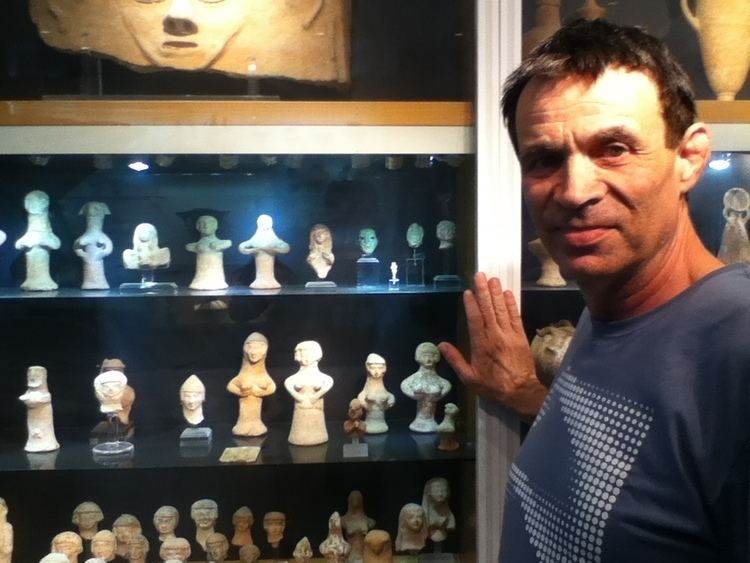
Much interest was generated by this case, with several books written on the subject and several documentary films produced, including The Lost Tomb of Jesus.
Background
The son of an engineer and a professor of microbiology, Golan served as an officer in the Israel Defense Forces before studying industrial and management engineering at the Technion, graduating with honors.
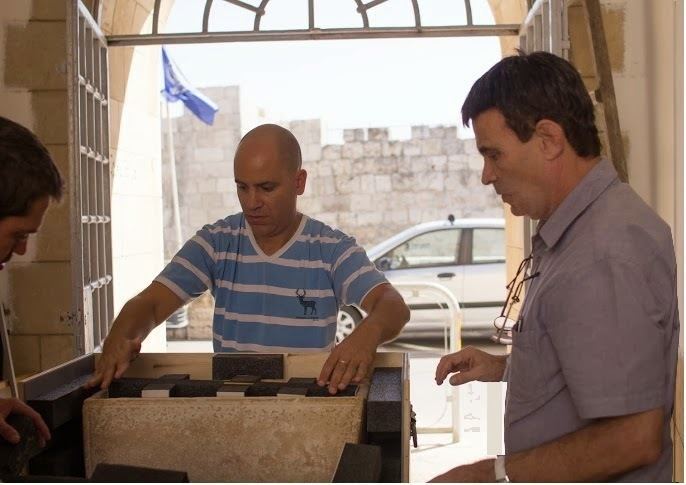
He was then involved with several hi-tech ventures, developed and operated global professional training seminars and tour programs, and subsequently went on to be involved in real estate development in Israel. Since childhood, Golan has had a keen interest in archeology and antiquities. At the age of 10, during a visit to the ancient site of Tel Hatzor, he discovered the world’s oldest dictionary, which was later published by Professor Yigael Yadin. At the age of 12, Golan participated in excavations at Masada.
Golan's Collection
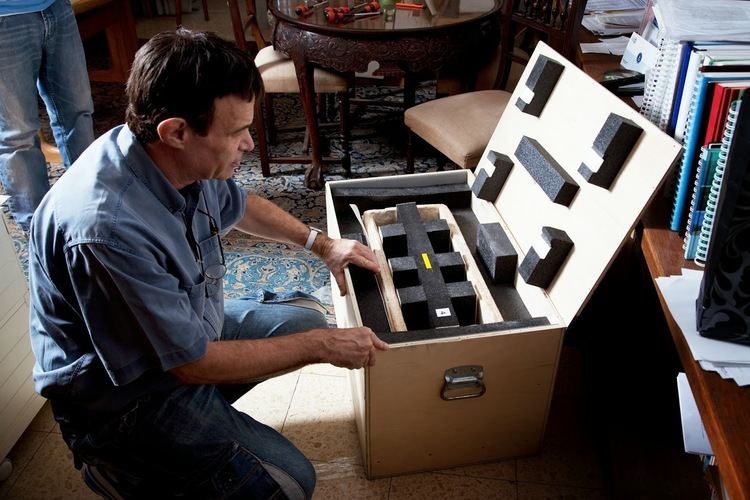
Golan's collection, amassed over a period of more than 50 years, contains thousands of archaeological artifacts, the vast majority of which were purchased from antiquities dealers, mostly in East Jerusalem.
Golan’s collection includes a wide range of artifacts which together represent the culture of Israel and TransJordan from the fifth millennium BCE to the fifth century AD. Among the items that attracted international attention is the James Ossuary, the bone box used to intern the bones of James, brother of Jesus.
IAA Claims and Trial
Following statements made by the Israel Antiquities Authority (IAA) in June 2003 challenging the authenticity of the inscriptions or the patina on the inscriptions of the James Ossuary and the Jehoash Tablet, the IAA confiscated both items from Golan, along with hundreds of other items of antiquity, allegedly for the purposes of the investigation.
The IAA publicly stated that Golan and numerous antiquity dealers were involved in forgery, assisted by experts in ancient Semitic languages, and cautioned that according to IAA policy all items discovered outside official excavations should be suspected as being forged. Media coverage and documentary films which reported the IAA claims were accompanied by rumors, creating what Golan called a “media circus".
The BBC reported that when the police took Oded Golan into custody and searched his apartment they discovered a workshop with a range of tools, materials, and half finished 'antiquities'. This was presented as evidence for an operation on a great scale. According to other allegations, collectors around the world have paid hundreds of thousands of dollars for artifacts that came through Oded Golan's associates. Dozens of these items were examined. Police then suspected that artefacts made by the same team of forgers have found their way into leading museums around the world.
The documentary film The History Merchants alleged Golan (working with a team of people, including an expert in ancient semitic languages and an artisan) had produced a number of forged artifacts for sale on the religious antiquities market. In 2004, Horizon aired King Solomon's Tablet of Stone on the BBC. This program included allegations of forgery and fraudulent activity by Golan.
On December 29, 2004, Golan was indicted in an Israeli court along with three antiquities dealers; Robert Deutsch, one of Israel’s most important licensed antiquities dealer and an inscriptions expert who has lectured at the University of Haifa; dealer and conservator Refael Braun; and dealer Shlomo Cohen; Faiz al-Amla, a Palestinian dealer from the village of Beit Ula in the Hebron Hills was charged with trading in antiquities without a license. Early in the trial, charges were dropped against Braun and Cohen, leaving Golan and Deutsch as the only defendants.
Golan denied any involvement in forgery and argued that he had purchased the inscriptions from licensed antiquities dealers. In the trial, Golan presented evidence that proved that he had purchased the James Ossuary in 1976 and the Jehoash Table in 1999. Golan stated that to the best of his understanding and judgment, these are authentic ancient inscriptions.
Court ruling and acquittal
In a trial that lasted almost eight years (2004-2012), the District Court of Jerusalem heard testimony relating to the authenticity of the inscriptions on the James Ossuary and the Jehoash Tablet from over 50 experts from a wide range of fields, who examined the inscriptions and submitted dozens of scientific reports, and 70 other witnesses including antiquities dealers and well-known collectors. Trial transcripts covered over 12,000 pages, and the court ruling was 438 pages long.
Professor Wolfgang Krumbein, an international expert in patina and geo-biology, of the University of Oldenburg in Germany, as well as a team from the Israel Geological Survey specializing in archaeometry and electronic microscopy, and other experts in stone, paleontology, isotopic tests and engraving technologies identified a strong bio-film of natural patina that had developed inside the letter grooves of the inscriptions by microorganism (bacteria and fungus) in a slow, gradual process over hundreds of years, implying that the inscriptions were engraved many generations ago, and are most probably several thousand years old.
In his ruling, the judge wrote that the claim that the experts representing the IAA failed to notice the natural patina film or that no such film exists, is clearly unreasonable and cannot be accepted.
In the detailed ruling regarding the James Ossuary, the court adopted the scientific opinions of experts in archaeometry, geology, bio-geology, and patina, who confirmed the presence of natural patina or biological origin deep inside the letter grooves of the inscription, which had developed over centuries. The court also noted that IAA experts testified that they had with certainty identified natural patina inside these same words, and determined that it was a fact that authentic patina was found in the second half of the James Ossuary inscription, the part of the inscription that had been suspected of being forged.
The epigraphy and syntax of the Ossuary inscription were found to be completely consistent with the first century AD, according to experts in this field, whose assessment the court accepted. In its ruling, the court quoted Dr. Ada Yardeni, expert in Hebrew and Aramaic inscriptions of the Hebrew University of Jerusalem, who testified that she was absolutely convinced that the inscription is entirely ancient and that if the item was found to be a forgery, she would leave her profession.
During the trial the evidence presented included photographs taken in 1976 showing the James Ossuary with its inscription in the Golan family home, together with part of Golan’s collection at the time. The authenticity of the photographs was confirmed by Prof. Richards, head of the FBI labs in Washington DC. The court determined that this and other evidence proved that the inscribed ossuary had been in Golan’s possession from the 1970s.
Professor Krumbein stated in his report that the methods and instruments that the IAA used to examine the artifacts were unfit to make such allegations and that tests in a modern lab have proven the authenticity of the James Ossuary inscription and that the Jehoash tablet was not engraved in modern times.
The judge was also "particularly scathing about tests carried out by the Israel police forensics laboratory that he said had probably contaminated the ossuary, making it impossible to carry out further scientific tests on the inscription".
On March 14, 2012, the trial concluded with Golan's acquittal of the forgery charges but convicted of illegal trading in antiquities. The judge said this acquittal "does not mean that the inscription on the ossuary is authentic or that it was written 2,000 years ago".
Trial Aftermath
The IAA announced that they accept the court’s ruling. The State accepted the main decision of the District Court and did not appeal against the judgment. After the judgment, the State moved to confiscate the James Ossuary and the Jehoash Tablet for the State Treasury, arguing that these items may well be of enormous historic, religious and archeological significance and therefore should not remain in private hands. The District Court and the Supreme Court denied this motion and ordered the State to return to Golan all the antiquities that had been taken from him. The James Ossuary and the Jehoash Tablet, as well as hundreds of other antiquities, were returned to Golan in late 2013. The James Ossuary inscription is currently included in the scientific corpus of all known ossuary inscriptions found in Israel.
